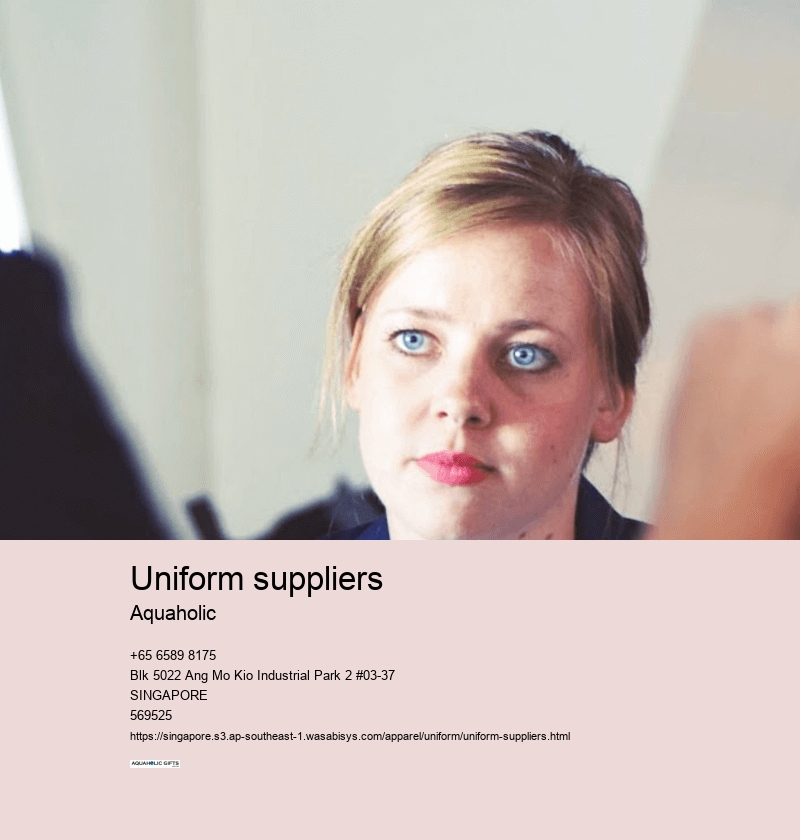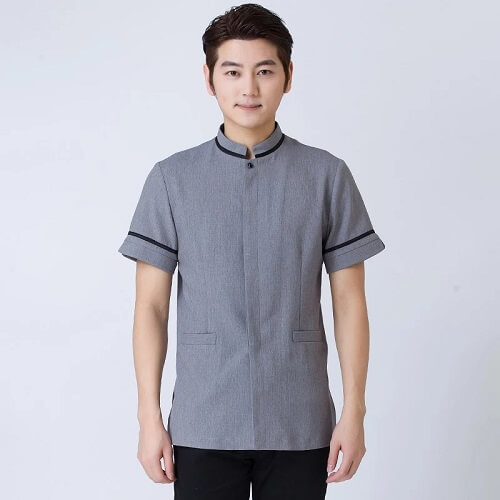uniform suppliers
corporate uniform
What outfit will not only be professional, but also convey the flexibility and comfort required in different climates and workplace settings? It’s a tried-and-tested location, always in sight, always beating with the rhythm of brand identity. The design of an appropriate uniform is a complex job.
The captain is placed in the place of a logo's incorporation boat. Embarking on the Journey: Why Customize?
Classic, bold, understated, or modern? The cut and fit are not just about aesthetics; they are paramount to the wearers' physical comfort and overall work experience.
The collection and integration of feedback from wearers will ensure that the finished product will meet design and comfort expectations. Knowing the demands of physical work an occupation is vital to consistent design.



